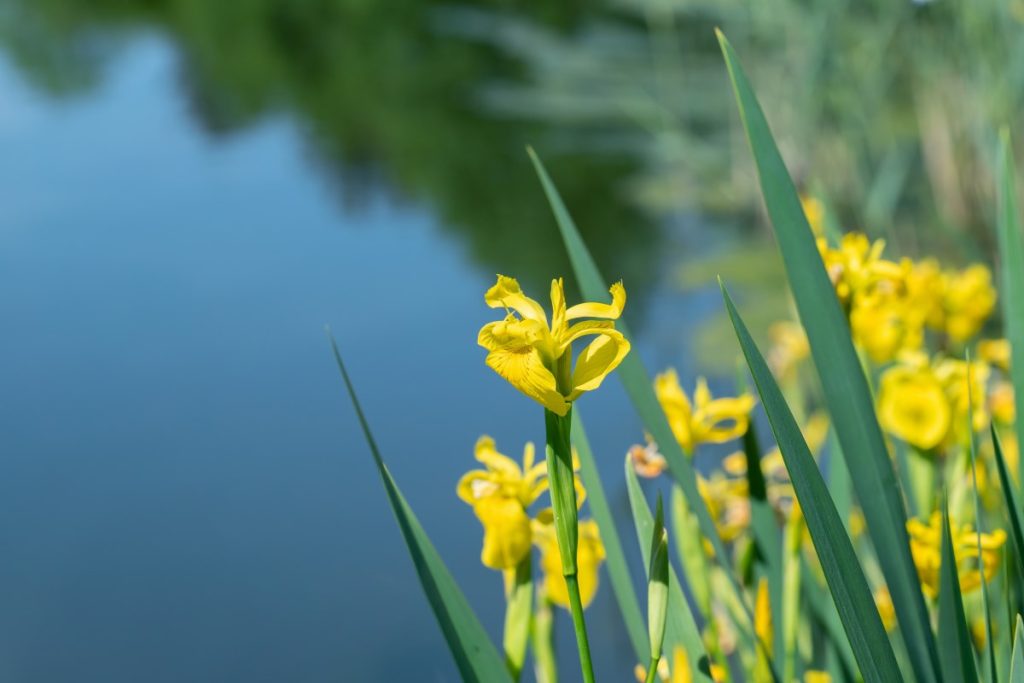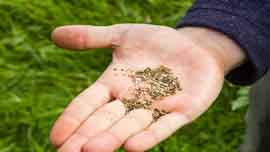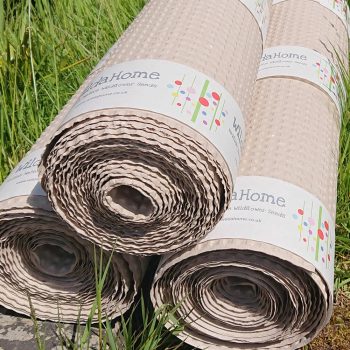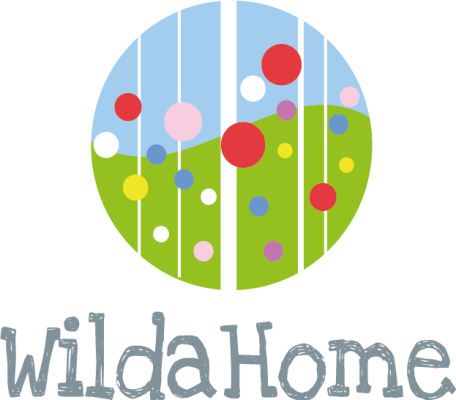Wildflower Seeds for Wetland and Pond Areas: A Complete Guide to Thriving Native Flora
Introduction to Wildflower Seeds for Wetlands and Pond Edges
Wetlands and ponds are vital ecosystems, supporting a rich tapestry of life. Choosing the right wildflower seeds can significantly enhance these aquatic havens, providing beauty, biodiversity, and ecological balance. This guide explores the benefits and practicalities of introducing wildflowers to your wetland or pond area, helping you create a thriving natural habitat
The Importance of Wetland and Pond Wildflowers in Ecosystems
Wetland wildflowers play a crucial role in maintaining healthy aquatic ecosystems. They provide essential food sources and habitats for pollinators, birds, and other wildlife. Their roots help stabilise soil, prevent erosion, filter pollutants, and contribute to cleaner water
Why Choose Native Wildflower Seeds for Aquatic Areas?
Native wildflowers have adapted to local conditions over centuries, making them more resilient and better suited to support local wildlife. They require less maintenance and are less likely to become invasive compared to non-native species. By choosing native wildflower seeds, you preserve the UK’s unique biodiversity.
Benefits of Planting Wildflowers Around Wetlands and Ponds
Native wildflowers have adapted to local conditions over centuries, making them more resilient and better suited to support local wildlife. They require less maintenance and are less likely to become invasive compared to non-native species. By choosing native wildflower seeds, you preserve the UK’s unique biodiversity.
Enhancing Biodiversity with Wetland Wildflower Species
Wildflowers attract a wide array of insects, amphibians, and birds. This increased biodiversity creates a balanced ecosystem, promoting natural pest control and a healthier environment.
Attracting Pollinators, Birds, and Aquatic Wildlife
The nectar and pollen from wetland wildflowers provide vital sustenance for pollinators like bees, butterflies, and hoverflies. The resulting seeds and fruits attract birds, while the dense vegetation offers shelter and nesting sites for various wildlife species.
Erosion Control and Soil Stabilisation with Wildflowers
The extensive root systems of wetland wildflowers help bind the soil, preventing erosion along pond edges and stream banks. This protects water quality and maintains the integrity of the wetland habitat.
Top Wildflower Species for Wetlands and Pond Edges

Best Native Wildflower Seeds for Moist and Waterlogged Soil
Many native wildflowers thrive in the damp conditions around ponds and wetlands. Some excellent choices include:
• Meadowsweet (Filipendula ulmaria): This fragrant perennial produces creamy-white flowers, attracting various pollinators.
• Purple Loosestrife (Lythrum salicaria): A tall, striking plant with purple flower spikes favoured by bees and butterflies.
• Water Mint (Mentha aquatica): A creeping perennial with aromatic leaves and lilac flowers attracting beneficial insects.
• Yellow Flag Iris (Iris pseudacorus): A vibrant, water-loving iris with bright yellow flowers.
• Cuckoo Flower (Cardamine pratensis): A delicate perennial with pale pink or white flowers, a food source for the orange-tip butterfly.
Perennial vs. Annual Wildflowers for Wetland Areas
Perennial wildflowers return year after year, providing long-term benefits. Annuals complete their life cycle in one season, offering vibrant colour but requiring reseeding. A mix of both can create a dynamic and diverse display.
Popular Choices: Marsh Marigold, Blue Flag Iris, and Cardinal Flower
• Marsh Marigold (Caltha palustris): A cheerful early bloomer with bright yellow, buttercup-like flowers.
• Blue Flag Iris (Iris versicolor): A stunning iris with blue-purple flowers, adding vertical interest to pond edges.
• Cardinal Flower (Lobelia cardinalis): A late-summer bloomer with vibrant red flowers attracting hummingbirds and butterflies.
How to Select the Right Wildflower Seeds for Your Wetland
Understanding Your Soil and Water Conditions
Before selecting seeds, analyse your soil type (clay, loam, sand) and water conditions (permanently wet, seasonally flooded, boggy). This information will guide you towards suitable species.
Factors to Consider: Sunlight, Depth of Water, and Surrounding Vegetation
Consider how much sunlight your wetland area receives (full sun, partial shade, full shade), the water depth at the planting site, and the existing vegetation. These factors influence the success of different wildflower species.
Importance of Regional Adaptability in Wildflower Seed Selection
Choose wildflower seeds sourced from a UK supplier and adapted to your region. This ensures they are well-suited to local climate and soil conditions.
Planting and Maintaining Wildflower Seeds in Wetland Areas

Step-by-Step Guide to Sowing Wildflower Seeds Near Water
1. Prepare the planting area: Clear any unwanted vegetation and rake the soil to create a fine tilth.
2. Sow the seeds: Scatter the seeds evenly according to the packet instructions. Some seeds may benefit from a period of cold stratification.
3. Lightly cover the seeds: Press them into the soil or cover them with a thin layer.
4. Water gently: Keep the soil moist but not waterlogged, especially during germination.
Tips for Successful Germination in Wet and Boggy Areas
- Sow seeds in spring or autumn for optimal germination temperatures.
- Consider using a wetland wildflower seed mat for easier establishment in challenging areas.
- Protect seeds from birds and slugs until they germinate.
- Ongoing Care: Weeding, Watering, and Seasonal Maintenance
- Regularly remove weeds to prevent competition.
- Water during dry periods, especially in the first year.
- Cut back dead foliage in autumn or winter to encourage new growth.
Wildflower Mixes for Wetland and Pond Habitats
Pre-mixed blends offer a convenient way to establish a diverse range of wildflowers suited to wetland conditions. They often contain species with varying flowering times, providing a long season of colour.
Creating a Custom Blend: Balancing Aesthetics and Ecology
For a more personalised approach, create your wildflower mix. Consider the desired colours, heights, and flowering times while ensuring the chosen species are ecologically compatible and support local wildlife.
Examples of Versatile Wildflower Mixes for Wet Soils
• Pond Edge Mix: Combines moisture-loving wildflowers like Meadowsweet, Purple Loosestrife, and Water Mint.
• Wildflower Meadow Mix for Damp Soil: Includes a variety of native grasses and wildflowers that thrive in moist conditions.
• Pollinator-Friendly Wetland Mix: Focuses on wildflowers that attract bees, butterflies, and other pollinators.
• Seed Mats for Pond & Wetland Areas that combine all of the above.

Wildflower Seeds for Wetlands: FAQs and Common Challenges
Addressing Common Concerns: Flooding, Wildlife, and Invasive Plants
• Flooding: Choose species that tolerate periodic flooding or fluctuating water levels.
• Wildlife: Protect young seedlings from slugs and snails. Consider using netting to deter birds.
• Invasive plants: Regularly monitor and remove any invasive species that may compete with your wildflowers.
Overcoming Challenges in Shaded Pond Areas
Select shade-tolerant wildflower species, such as Marsh Marigold, Yellow Flag Iris, and Ragged Robin, for areas with limited sunlight.
Transform Your Wetland or Pond with Native Wildflowers
Introducing native wildflowers to your wetland or pond area creates a vibrant and ecologically valuable habitat. By carefully selecting and planting the right species, you can enjoy a thriving natural space that supports local wildlife and enhances biodiversity for years to come.
The Long-Term Benefits of Wildflower Planting
• Increased biodiversity and ecological balance
• Enhanced habitat for pollinators, birds, and other wildlife
• Improved water quality and erosion control
• Reduced maintenance needs compared to lawns
• A beautiful and natural addition to your landscape
• Encouraging Conservation Through Wetland Restoration
Create a Thriving Wetland with Wildahome: Native Wildflower Seeds & Expert Advice

At Wildahome, we’re passionate about helping you create thriving wetlands and pond areas with our range of locally sourced wildflower seeds and mats. We carefully curate our seed selections to ensure they flourish in diverse UK wetland conditions. Beyond providing high-quality seeds, our team offers expert advice and support to guide you through the process, from selecting the right species to establishing and maintaining your wildflower haven. Let’s transform your pond or wetland into a beautiful and biodiverse ecosystem together, with our seeds and seed mats.

